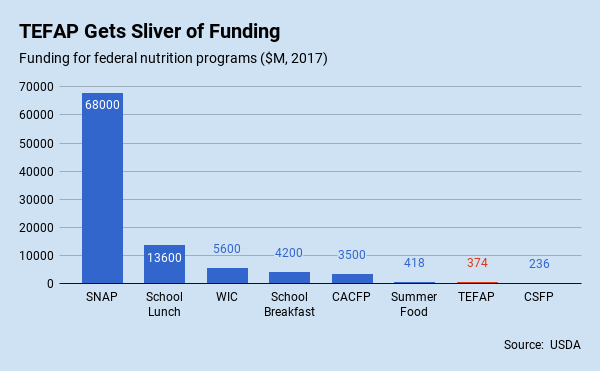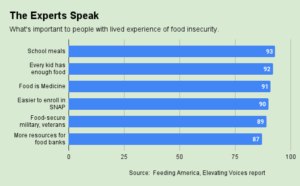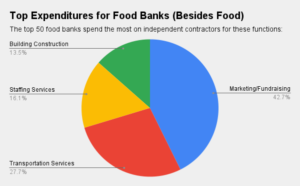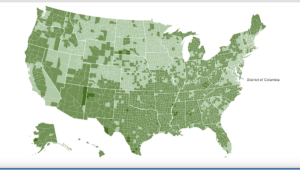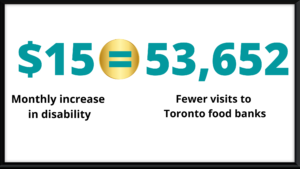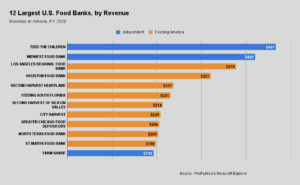Funding for The Emergency Food Assistance Program ($374 million in 2017) may be small potatoes compared to SNAP ($68 billion), but TEFAP holds the distinction of being the largest source of federal aid aimed directly at the nation’s food banks.
Nearly 20% of the food that gets distributed by America’s food banks comes through the government’s TEFAP program. Started in the early eighties as a way to winnow down the government’s supply of surplus commodities, TEFAP came into its own in 1988 when it received funding specifically for the purpose of purchasing commodities to prevent hunger. While TEFAP continues to offer price supports to farmers through large commodity purchases, its main goal these days is to augment the food supply of food banks.
TEFAP food does not arrive at food banks in bulk form. The USDA processes and packages it, then distributes it to state agencies, which in turn send it out to food banks or similar organizations. Because the program is administered through the states, TEFAP can be easily scaled up or down in response to need, such as during economic recessions or in the aftermath of natural disasters. In addition to food, TEFAP supplies funds to cover the costs associated with transporting, storing and distributing food.
